Flinders University: Single-use plastics were the ‘main offender’
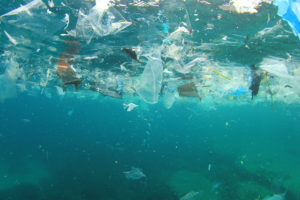
Ocean microplastics are so pervasive that they are being found in variable concentrations in blue mussels and in near-shore waters off of southern Australia’s favorite beaches, new research has discovered.
Researchers at Flinders University in Adelaide are warning about the presence of microplastics in current human food supplies, including farmed and wild-caught seafood.
“Our findings shed light on the urgent need to prevent microplastic pollution by working with the communities, industries and government to protect these fragile marine systems,” said Professor Karen Burke da Silva, senior author of an article published in Science of the Total Environment titled “Microplastics in intertidal water of South Australia and the mussel Mytilus spp.; the contrasting effect of population on concentration.”
The Flinders team sampled microplastics on 10 popular beaches across South Australia and measured low- to medium-sized microplastic fibers (less than 5 mm) in mussels to analyze the pollution and determined that single-use plastics were the “main offender,” according to professor Burke da Silva. “Apart from the harvesting of blue mussels, we also need to consider the impact of microplastic particles entering other parts of the human food chain with microplastic pollution expected to increase in the future.”
Microplastic levels tended to be more abundant in samples near larger towns and cities, the researchers noted, adding that trillions of microplastic particles exist in the world’s oceans, with the highest concentrations found on the seafloor in the Maldives and the lowest reported in surface waters in the Antarctic Southern Ocean.
Follow the Advocate on Twitter @GSA_Advocate
Now that you've reached the end of the article ...
… please consider supporting GSA’s mission to advance responsible seafood practices through education, advocacy and third-party assurances. The Advocate aims to document the evolution of responsible seafood practices and share the expansive knowledge of our vast network of contributors.
By becoming a Global Seafood Alliance member, you’re ensuring that all of the pre-competitive work we do through member benefits, resources and events can continue. Individual membership costs just $50 a year.
Not a GSA member? Join us.
Author
Tagged With
Related Posts
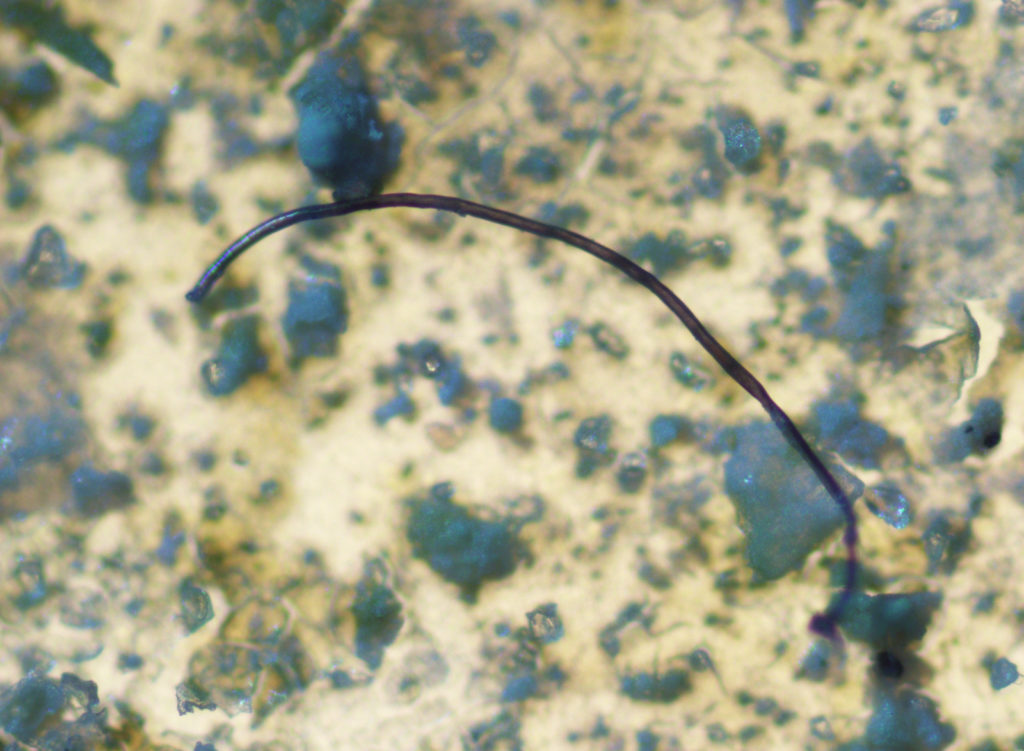
Responsibility
They’re ‘everywhere’: The pervasiveness of microplastics
How has the plastic in aquaculture operations contributed to microplastic pollution? And is plastic pollution contaminating aquaculture products? The Advocate takes a closer look.
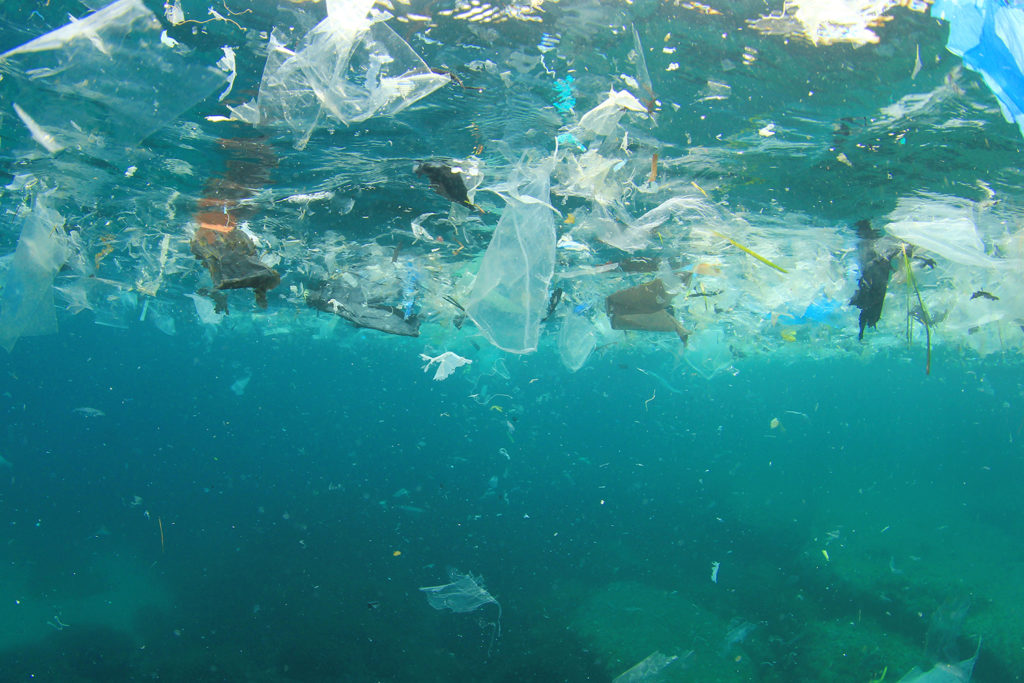
Responsibility
What threat do microplastics, a.k.a. ‘ocean hitchhikers’, pose to aquaculture?
A Trends in Microbiology paper posits that ocean microplastics could be a vector for pathogens, spreading antimicrobial-resistant genes.
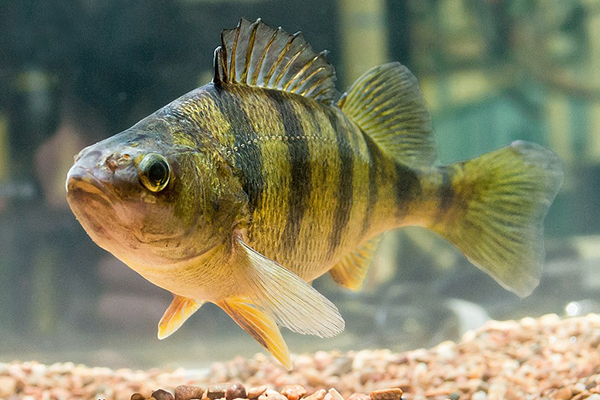
Health & Welfare
Yellow perch can expel microplastics from their bodies – but with negative consequences
A study found that yellow perch can expel microplastics from their digestive systems, but the act seemed to cause stress.
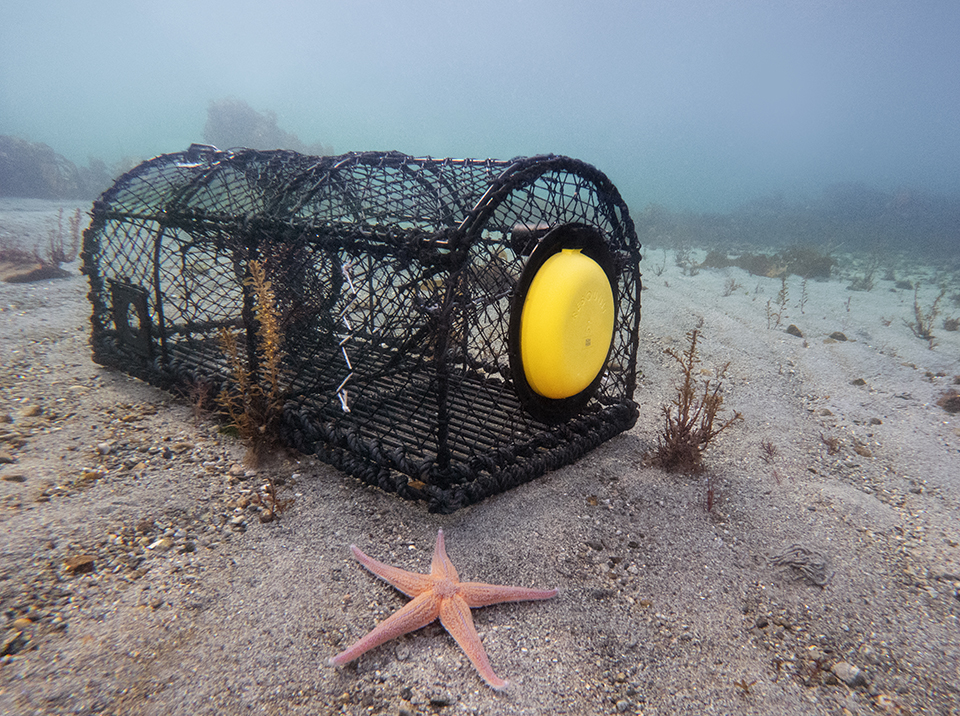
Fisheries
From reporting apps to floating traps: How technology tackles ghost fishing
The global ghost fishing problem has negative environmental and economic impacts, but new technology could help locate and retrieve lost fishing gear.



